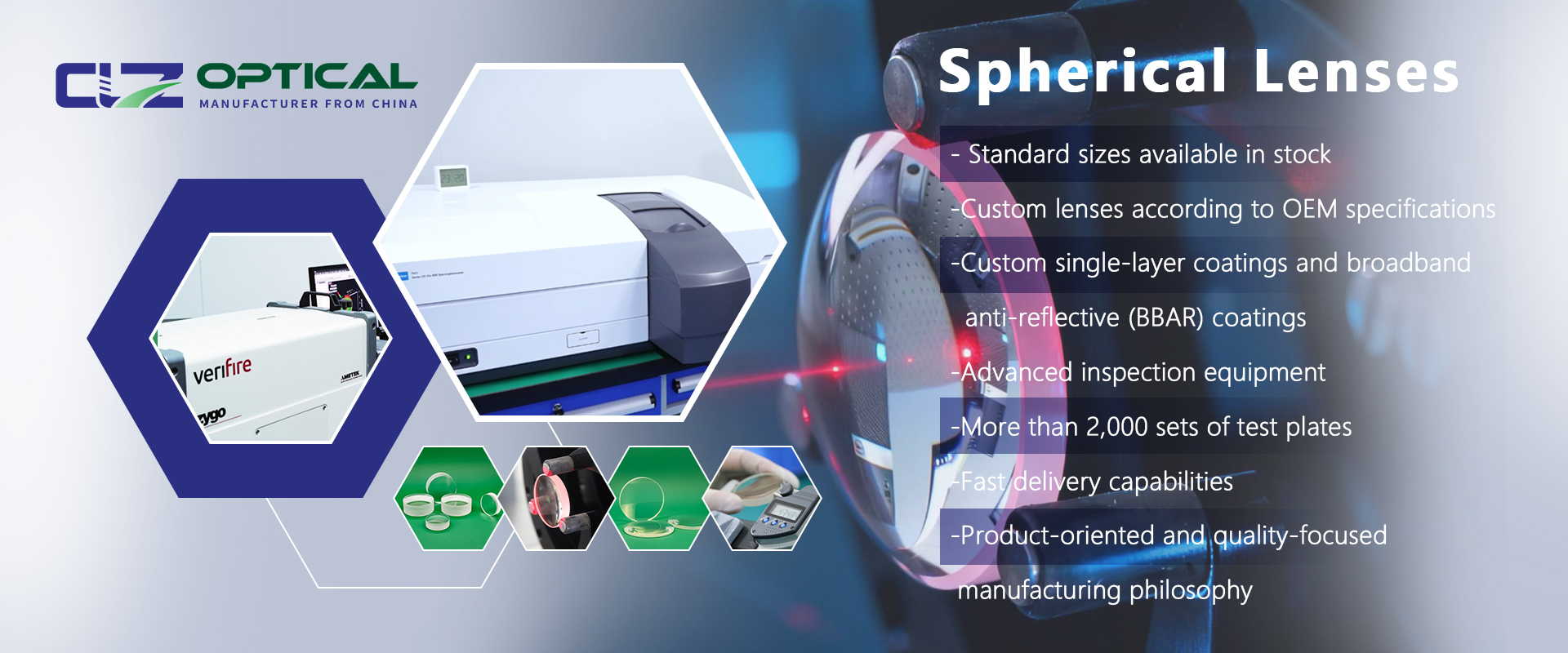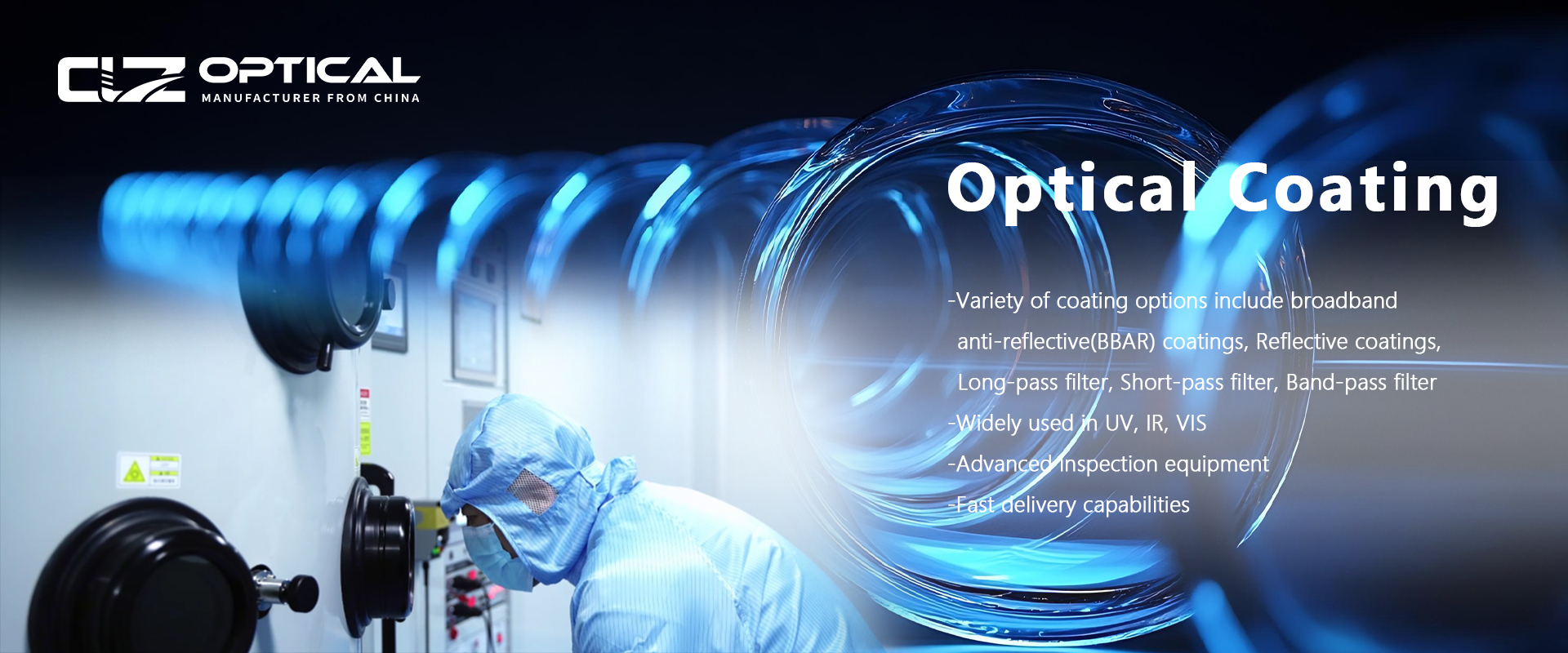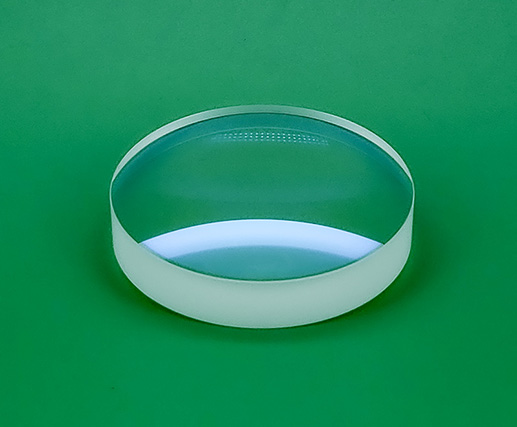IR Optical Components
Infrared optical components, manufactured from specialized materials such as germanium and zinc selenide, possess high-efficiency transmission characteristics in the mid-wave to far-infrared spectral bands.
Multi-Domain Technical Implementation Solutions
Thermal Imaging and Night Vision Technology
Military sighting systems employ chalcogenide glass lens arrays to achieve fully passive infrared imaging. Firefighting thermal imagers integrate uncooled infrared windows to penetrate thick smoke and identify heat source distribution. Border surveillance equipment is configured with long-wave infrared objectives to achieve all-weather target tracking.
Industrial Process Monitoring
Steel continuous casting production lines are equipped with infrared temperature measurement windows to monitor the steel melt solidification temperature field in real-time. Photovoltaic module EL inspection systems utilize zinc selenide prisms, combined with precision optical technology, to capture micron-level hot spot defects in battery cells. Petrochemical cracking units integrate high-temperature-resistant infrared viewports to monitor internal heat flow distribution within reactors.
Environmental and Meteorological Monitoring
Greenhouse gas monitoring satellite payloads are configured with infrared grating spectrometers to invert global carbon dioxide concentration distribution. Forest fire prevention systems employ germanium lens arrays to achieve square-kilometer-scale fire source scanning. Atmospheric transmittance measurement devices integrate infrared standard light sources to complete precise visibility calibration.
Medical Diagnostic Equipment
Breast cancer screening systems are configured with infrared microscope objectives to achieve tissue blood-oxygen metabolic imaging. Non-invasive blood glucose monitors utilize ATR infrared sensing prisms to analyze subcutaneous tissue spectral characteristics. Laser therapy devices integrate infrared filter components to precisely block stray radiation outside the treatment band.
Security Inspection Technology
Airport security inspection equipment employs chalcogenide glass prism arrays to achieve multi-spectral hazardous material identification. Industrial pipeline inspection systems integrate infrared borescopes to locate thermal leakage points in insulation layer damage. Power inspection drones are configured with infrared polarizing lenses to diagnose partial discharge phenomena in high-voltage equipment through laser focusing technology.
Frontier Research Equipment
Astronomical telescopes integrate infrared adaptive optics systems to correct the impact of atmospheric turbulence on deep-space observation. Quantum cascade laser spectrometers employ off-axis parabolic mirrors to enhance detection sensitivity in the molecular fingerprint region. Tokamak devices are configured with radiation-resistant infrared viewports to monitor the temperature distribution of the plasma boundary layer.
Transportation and Autonomous Driving
Vehicle night vision systems employ aspherical germanium lens groups, based on optical lens design, to enhance perception capability in rainy and foggy environments. Intelligent traffic monitoring devices integrate infrared supplementary light filters to achieve license plate recognition without light pollution. Train axle temperature monitoring devices are configured with infrared fiber optic sensing heads to provide early warning for bearing overheating faults.





















